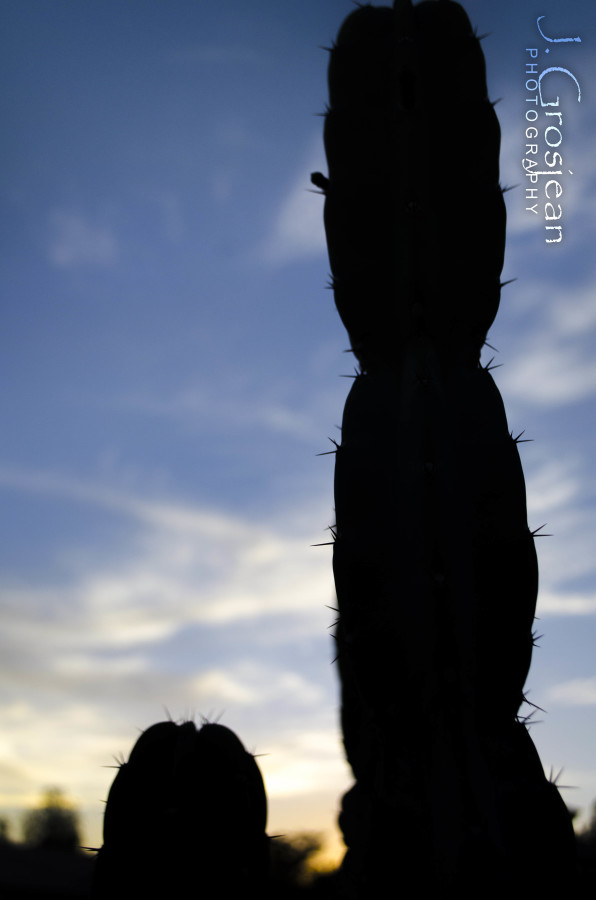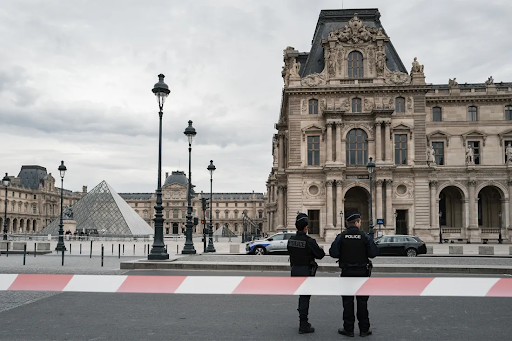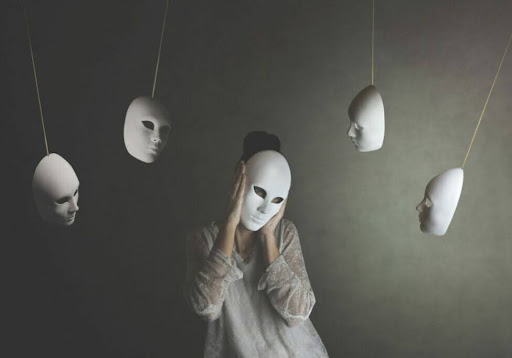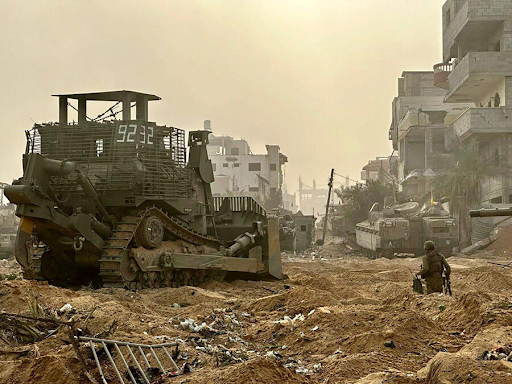Joe’s Photography Tip of the Week: Silhouettes
Silhouettes create great contrast between subjects, especially at sunset.
Photo Courtesy of Joseph Grosjean
Silhouette’s create visually interesting, high-contrast images and are quite easy to do.
October 17, 2015
The goal of a silhouette is to capture your subject in complete shadow while leaving the rest of the image properly exposed, giving the photograph very nice contrast. The biggest challenge with silhouettes is metering your subject. What is metering? Metering is a procedure done whenever using a camera (I suggest shooting manual whenever you are practicing photography) in order to get the proper balance between shadows and highlights in an image. In the early days of photography, photographers had a card they would refer to for settings such as during the day you always shoot at 1/125”, f/16, and ISO 100 film. Today we use a “light meter,” a light sensitive device which helps you to determine the proper settings for an image. I will be going over how to use a light meter in a later tutorial.
For those of you that already know how to use and read your light meter, grab your camera and get started. As with the other tutorials you will need a digital single lens reflex (D-SLR) camera.
The first step is to go to your camera’s shooting display (the main page on the LCD screen which displays basic settings), here we are going set the metering mode. On a Nikon, you will press the “<i>” button. Scroll down to the box with either of these symbols:
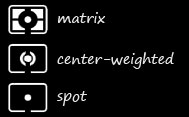 Photo Courtesy of Martin Wilmsen
Photo Courtesy of Martin Wilmsen
Select this option. Choose the symbol that represents “spot metering” and exit this mode (press your shutter release button partway down). Spot metering mode will allow you to change the object you meter off of based on the focus points in the viewfinder. Use the D-pad to select a point in the background (preferably the sky) and meter off of it.
The reason we do this is so the sky appears as we see it and things in the foreground, which are darker than the background, will be silhouetted.
You are now ready to start shooting. Remember that if it is at sunset the light will constantly be changing so will want to double check your settings every once in awhile. Also, detailed objects such as trees, bushes, and cacti make some of the best subjects as you can see all of the intricacies with the high contrast. Good luck and have fun!


